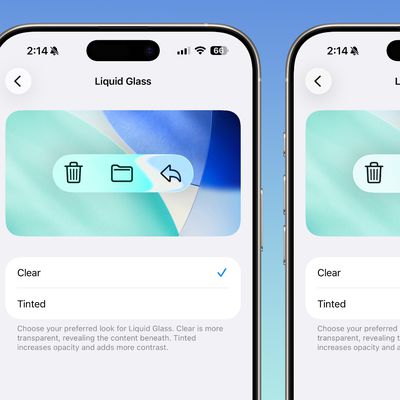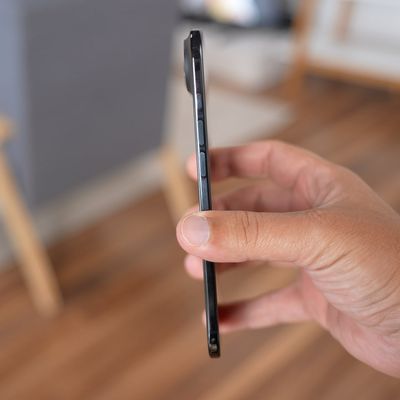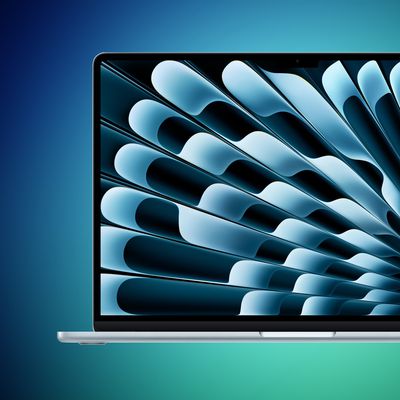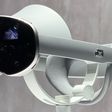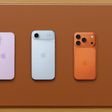Sonos in June launched the Sonos Ray, a compact, affordable soundbar that pairs well with an Apple TV-powered home setup because of its AirPlay 2 and HomeKit integration. We picked up a Sonos Ray to give MacRumors readers an idea of how it works and whether it's worth the $279.
The Sonos Ray is smaller than other Sonos soundbars, measuring in at about 22 inches long, so it's ideal for smaller spaces and smaller entertainment setups. Like most Sonos products, it's sleek and blends well into surrounding decor, and it looks a lot like the Sonos Beam.
There are easy access touch controls at the top, along with power, ethernet, and optical audio ports at the back. Just as a quick note, if you happen to have a remote that doesn't support IR, you might not want to pick up the Sonos Ray as some of these remotes are not compatible due to the optical audio port and you'll need to manually adjust volume. This won't impact most people, as most remotes (including the Apple TV remote) work with the Sonos Ray.
If you need more audio output than what the Ray provides, it does play well with other Sonos speakers and subwoofers, but even on its own, the sound quality is impressive. You won't get Dolby Atmos at this price point, but the sound is solid despite the small form factor, and it easily beats out TV speakers. There are four Class-D digital amplifiers, two tweeters, two high-efficiency midwoofers, and a built-in bass reflex system, plus it features adjustable EQ and Sonos' TruePlay feature for tuning sound to the room the Ray is located in.
With AirPlay 2 and HomeKit integration, the Sonos Ray pairs with HomeKit-enabled products and speakers, plus it can be controlled and adjusted through the Home app and Siri commands. AirPlay integration makes it easy to AirPlay audio directly to the Ray if needed, and it is all in all a good choice for those who need a soundbar for a smaller space.



